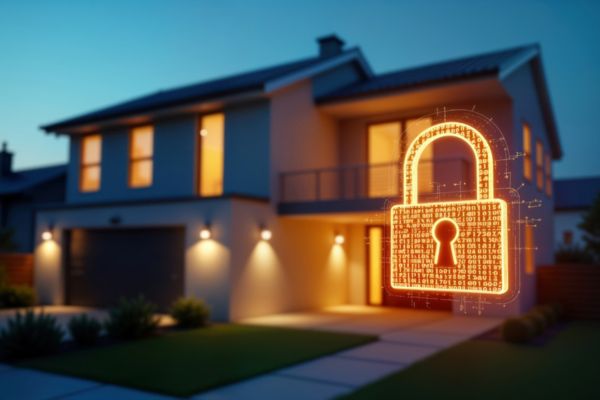Homeowners can easily find affordable entry-level home security systems if they know where to look. Brands like Vivint Home Security, ADT, Wyze, and SimpliSafe offer basic systems that can help a homeowner who is worried about budget get started. But entry-level systems do not offer tons of hardware. So what if a homeowner wants to add more devices?
Here’s what you could expect from an entry-level system:
- A few window and door sensors
- A motion sensor
- A keypad or control hub
- A companion app
Some entry-level systems also come with a single video camera. Whether it is an interior or exterior camera depends on the brand. Regardless, a basic system might be enough to get you started. But eventually, you will probably want to add more devices. The question is, how many of each type of device do you really need?
Window and Door Sensors
Vivint’s HomeProtect package is its most affordable home security offering. It comes with three window and door sensors. That would not be enough for my home. I have two first-floor doors and roughly a dozen windows. Four of the windows would be nearly impossible for a burglar to use as an entry point, but that still leaves me with eight windows needing protection.
If I were to stick with just the three included in the base package, one sensor would go on the front door. The other two would go on the windows a burglar is most likely to use for entry. But I would be more comfortable with a total of ten sensors.
Motion Sensors
Motion sensors are a wildcard for me. If someone does break in through a window or door, I would expect the associated sensor to do its job. So motion sensors really act as a means of redundancy. I could see placing one in the family room, especially with children in the home. I would want another one in the hallway near the bedrooms.
Depending on how much individual components cost, it might be better to invest in an extra motion sensor and forget about the additional window sensors. I would have to run the numbers to figure that out.
Video Cameras
Video cameras are extremely popular as home security devices. In fact, they are the #1 home security device in American homes. I would definitely want at least one providing an exterior view of the front door. It could be a traditional camera or a video doorbell.
I would like another camera giving me an interior view of the same door. Additional cameras for the backdoor wouldn’t be a bad idea. I would definitely want a camera in the hallway with a direct view of the master bedroom entry.
Other Security Components
Window and door sensors, motion sensors, and cameras are the devices people think of most often when it comes to home security. But there are at least two others I would add to a system: smoke and carbon monoxide (CO) detectors.
Smoke and CO detectors connected to a home security system can be monitored just like all the other devices. They don’t have to be stand-alone devices that do nothing but make noise. Not that making noise is bad; it’s actually quite good. But monitoring for smoke and CO externally just makes for a safer environment.
When building a home security system, the number of each type of device a home needs depends on the size of the home, its layout, and who lives there. An expert can help a confused homeowner figure it all out.

